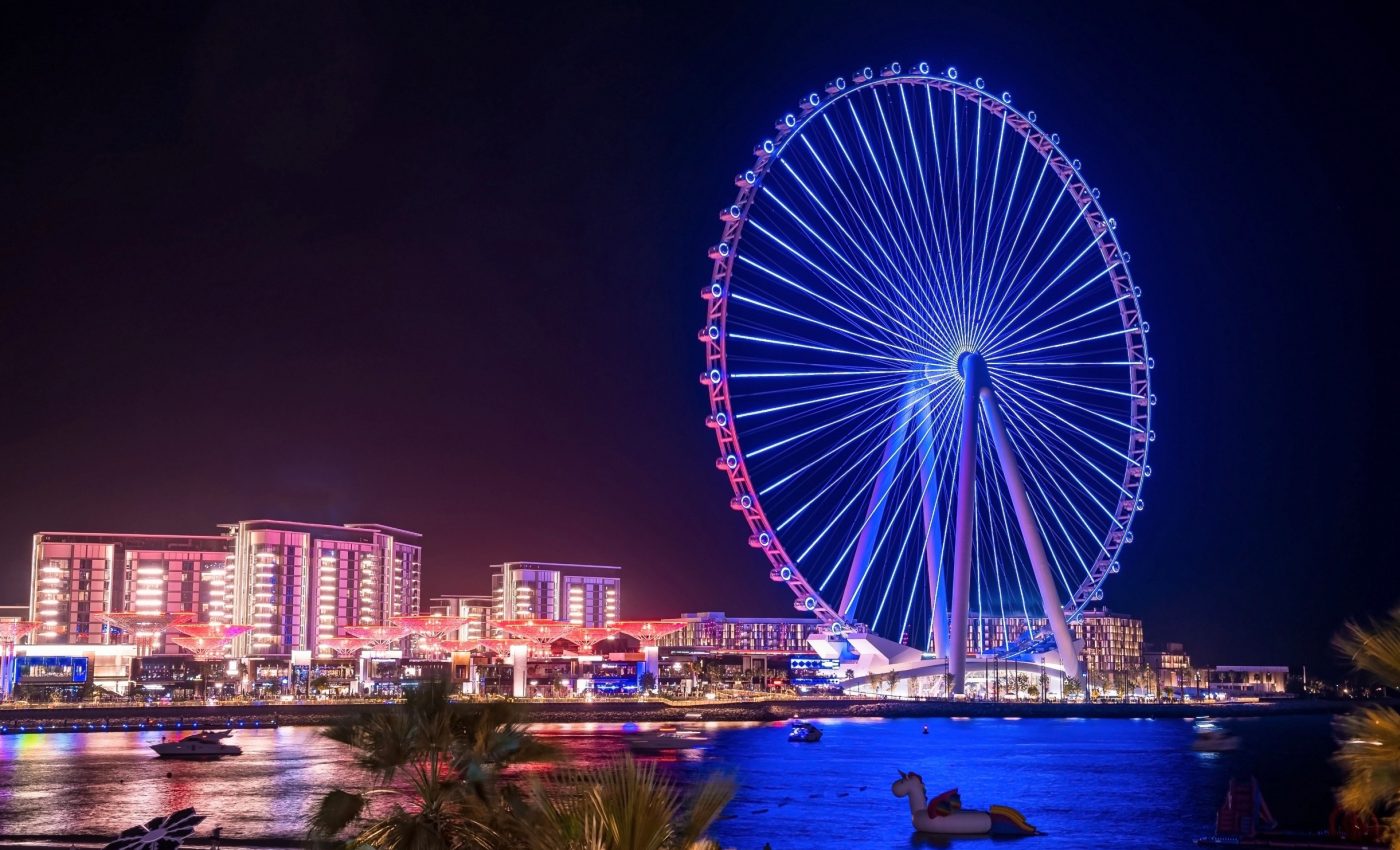
Artificial light at night is disrupting Earth’s carbon balance
Artificial light at night used to be a symbol of progress. Streetlights, glowing buildings, and 24/7 businesses meant safety, convenience, and non-stop activity.
But now, science is telling a different story: all that extra light could be quietly messing with how the planet handles carbon. And not in a good way.
Artificial light flips the carbon switch
Plants are nature’s carbon vacuums. They suck up carbon dioxide during the day through photosynthesis.
At night, like us, they rest – and along with animals and microbes, they breathe out carbon in a process called respiration.
Normally, this carbon-in, carbon-out cycle balances out. But new research shows that artificial light at night (ALAN) is tipping the scales.
Artificial light increases how much carbon gets released by plants, animals, and microbes at night – but it doesn’t help plants take in any more carbon during the day.
That means ecosystems are letting out more carbon than they’re storing. And over time, that adds up.
Light pollution isn’t just a city problem
This isn’t just a local problem in big cities. A quarter of Earth’s land now sees some level of artificial light at night.
The researchers behind this study used data from satellites and 86 carbon-monitoring sites across North America and Europe. They found that ALAN is not just a small, isolated issue – it’s affecting how entire continents store and release carbon.
“Light pollution is one of humanity’s most visible environmental changes, but its impacts are often hidden,” said Dr. Alice Johnston from Cranfield University, who led the research.
“This is a widespread issue that’s changing how ecosystems function, disrupting energy flows, animal behavior, habitats and natural patterns. Put simply, brighter nights lead to greater carbon release, which is bad news for our planet.”
Why this matters for climate science
Most climate models and global carbon budgets don’t include light pollution. They track deforestation, farming, fossil fuel use – but forget to factor in the glow from cities and towns.
That’s a mistake, say the scientists behind the new study. The increase in nighttime lighting – which grows by about 2% each year – needs to be part of how we understand and predict climate change.
“Our findings suggest that this growing footprint could subtly but significantly shift the global carbon balance if left unaddressed,” said Professor Jim Harris, a co-author of the study.
A problem with a quick fix
Here’s the surprising part: light pollution is one of the few environmental problems we could fix almost instantly.
Compared to greenhouse gases or deforestation, which take years of planning and policy to tackle, artifical night light can be cut with better bulbs and smarter designs.
“Unlike climate change, we could reduce light pollution almost overnight with better lighting design,” said Dr. Johnston. “Adopting dimmable, directional, and spectrally sensitive lighting technologies is an immediate and achievable improvement.”
Lighting accounts for around 15% of the world’s electricity use. Cutting unnecessary lighting could save power, reduce emissions, and even help people sleep better.
As Dr. Johnston noted, this is a rare “win-win-win” for the environment, energy efficiency, and human health.
Artificial light and Earth’s carbon balance
Most of us don’t think twice about the lights we leave on after dark. Porch lights, office signs, parking lots – they’re part of modern life. But this study shows that even small lighting choices can have ripple effects.
When artificial light disrupts how ecosystems breathe, it adds stress to a planet already struggling to stay balanced.
Smarter lighting choices aren’t just about saving energy – they help ecosystems function the way they’re supposed to.
Rethinking how we light the world
The next step is persuading cities, companies, and governments to act. Light pollution must be included in climate models, and urban design needs to focus on lighting what’s essential while letting the rest of the night sky return.
This isn’t about turning off all the lights. It’s about being smart. Less glare and fewer wasted watts can help restore balance in how nature handles carbon. The planet doesn’t sleep – but it still needs darkness.
The full study was published in the journal Nature Climate Change.
—–
Like what you read? Subscribe to our newsletter for engaging articles, exclusive content, and the latest updates.
Check us out on EarthSnap, a free app brought to you by Eric Ralls and Earth.com.
—–













